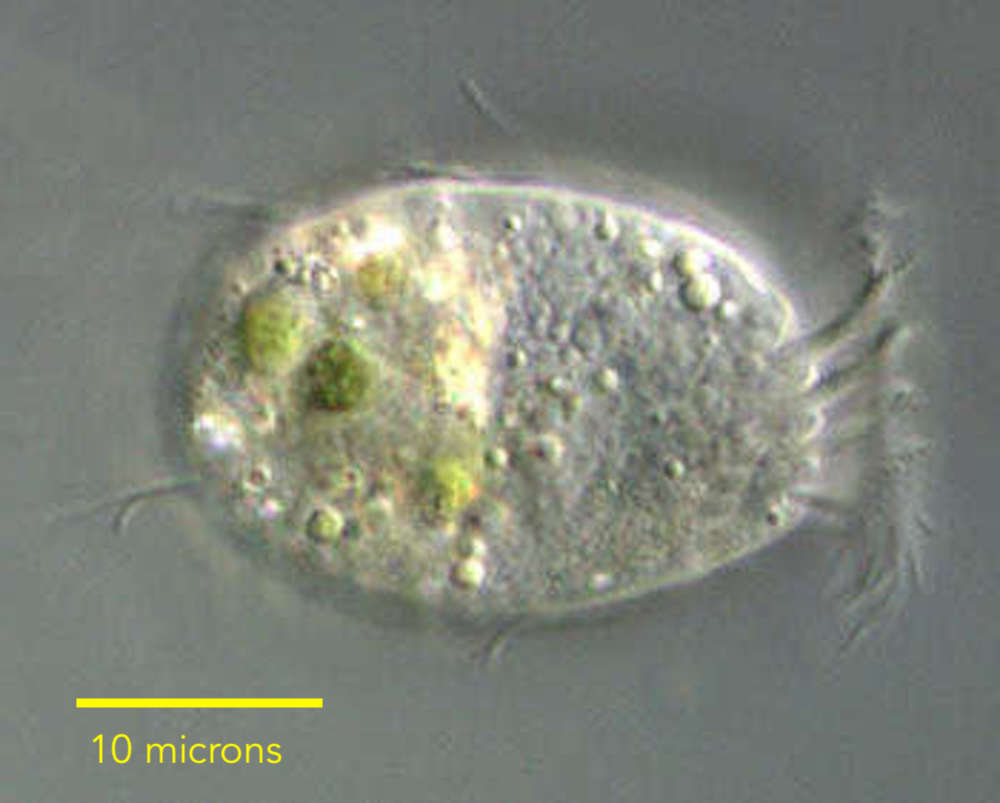
Researchers have discovered the first known "virovore," an organism that feeds on viruses. Probably there are many others like it -- an entire, previously unknown food chain.
One day into 2023, and already things are going topsy turvy.
eurekalert.org/news-releases/… #ecology #life
One day into 2023, and already things are going topsy turvy.
eurekalert.org/news-releases/… #ecology #life

It takes a keen eye to spot a microbe grazing on viruses! Biologist John DeLong & colleagues tagged viruses with a fluorescent glow. Soon, several different types of microbes appeared to have chewed-up virus inside their little guts. pnas.org/doi/10.1073/pn… 

A general rule of life: Everything gets eaten by something.
If you are alive, you are a potential meal.
If you are alive, you are a potential meal.
• • •
Missing some Tweet in this thread? You can try to
force a refresh




















